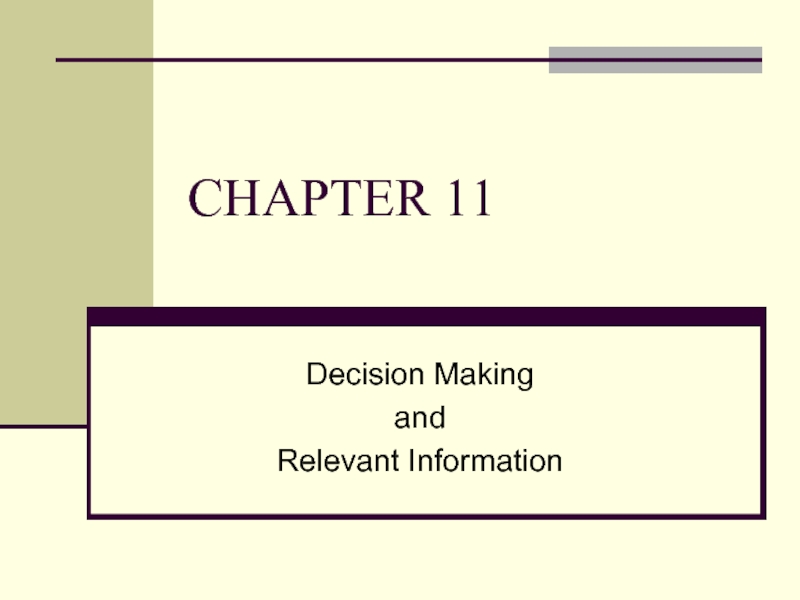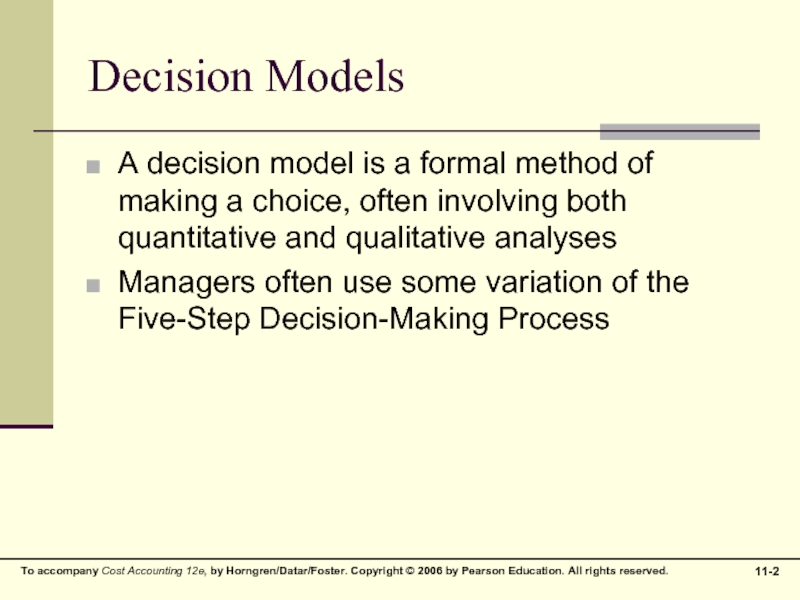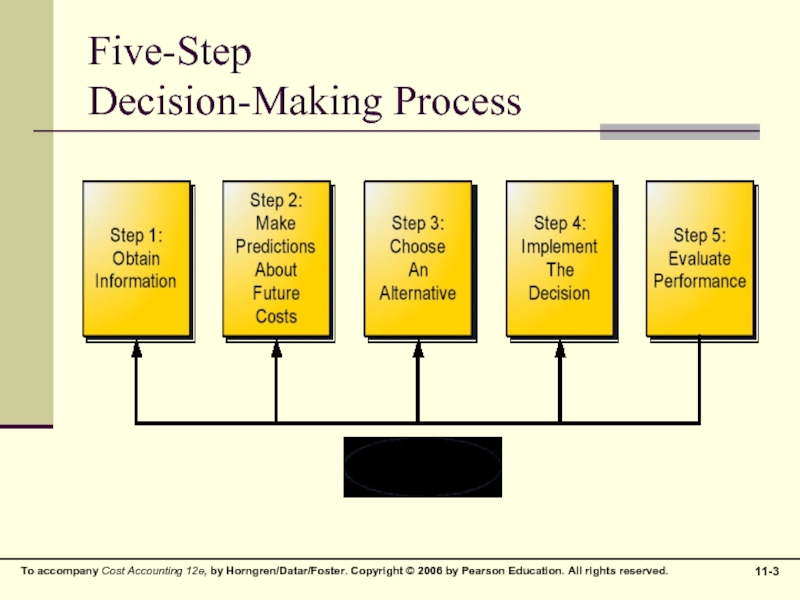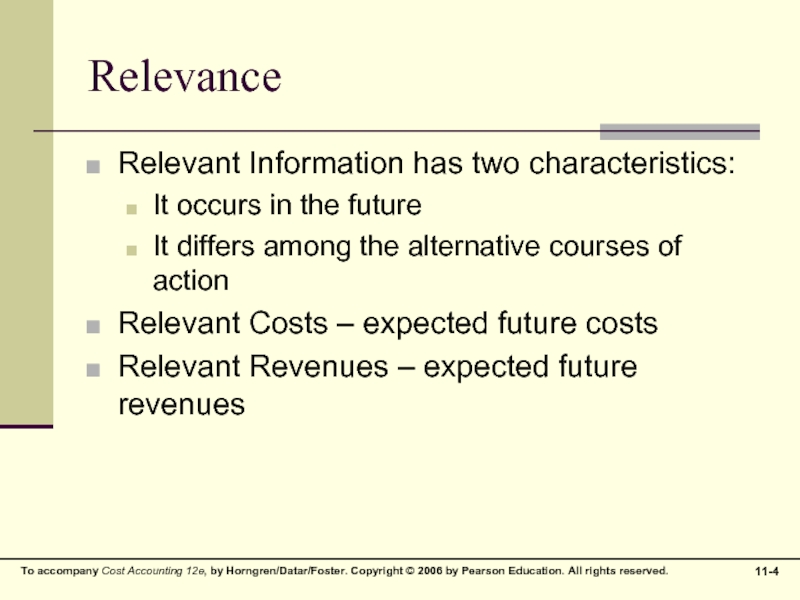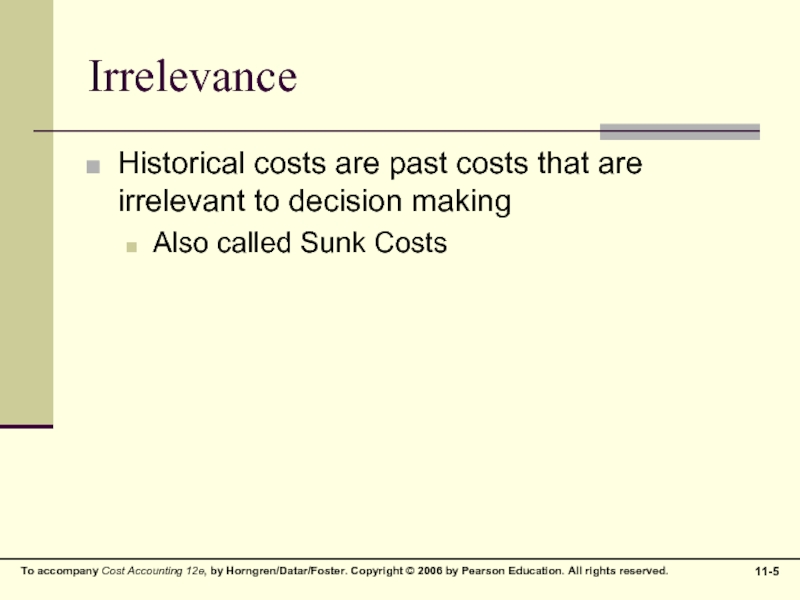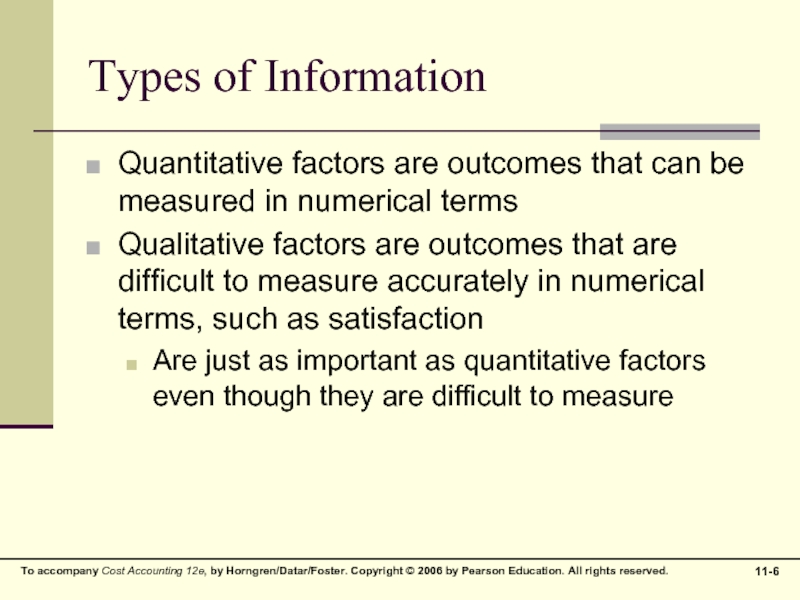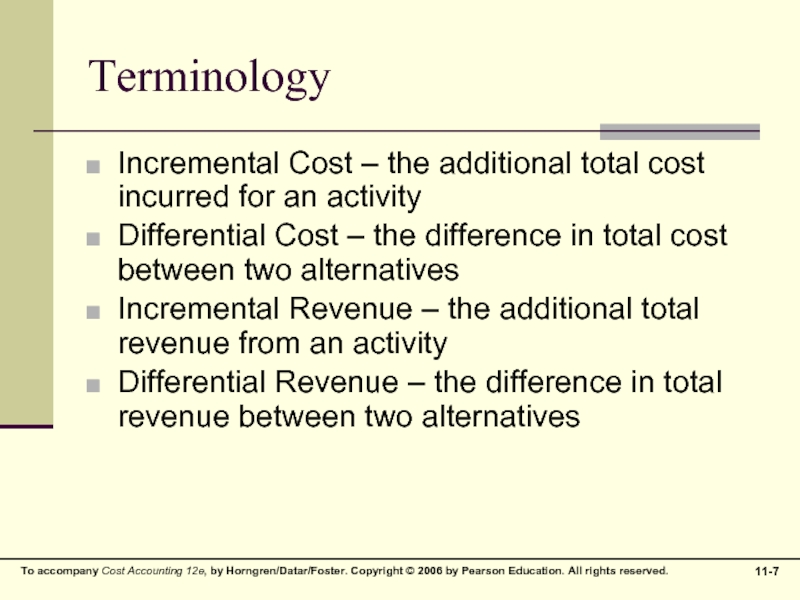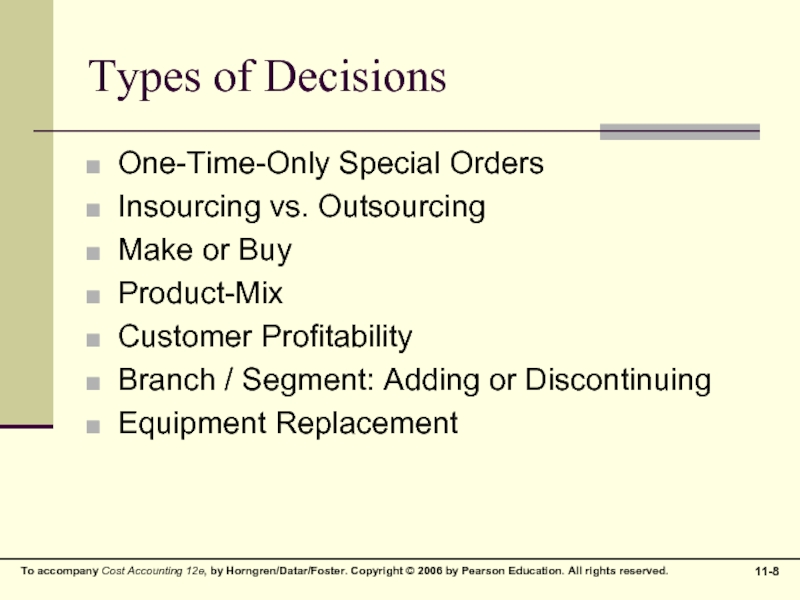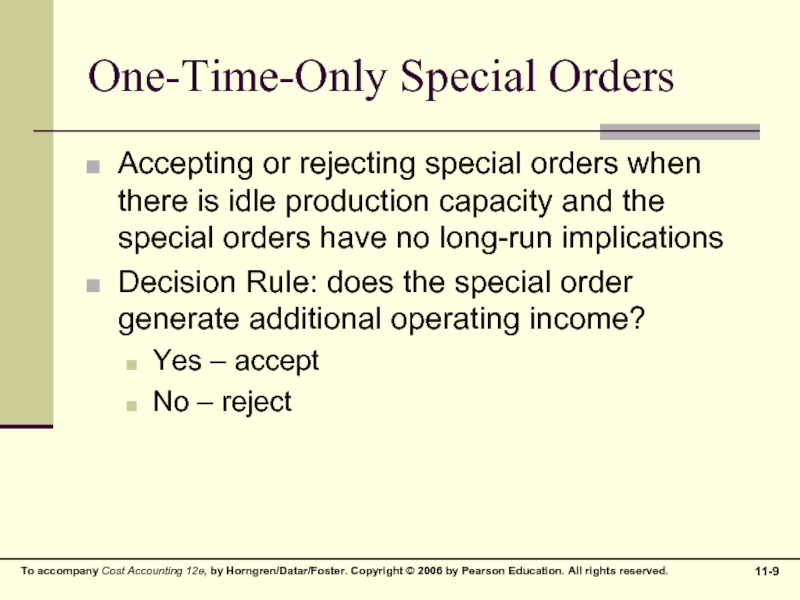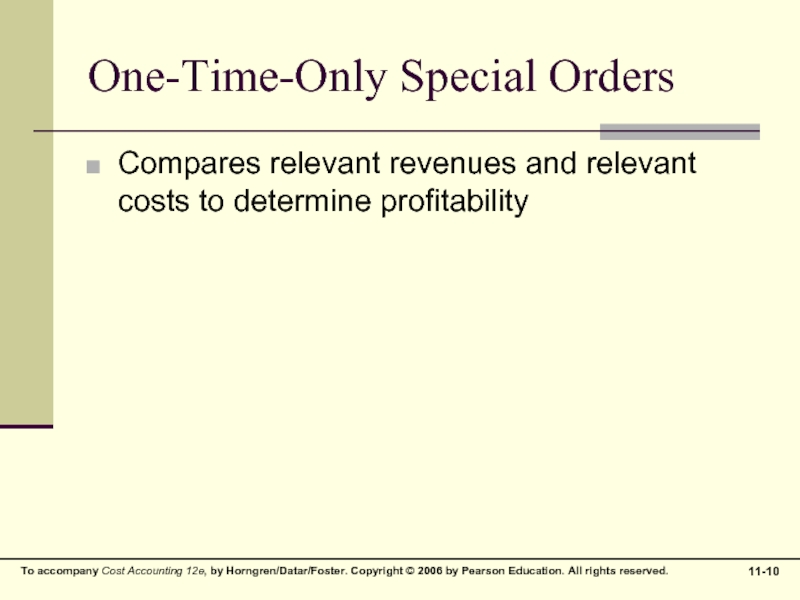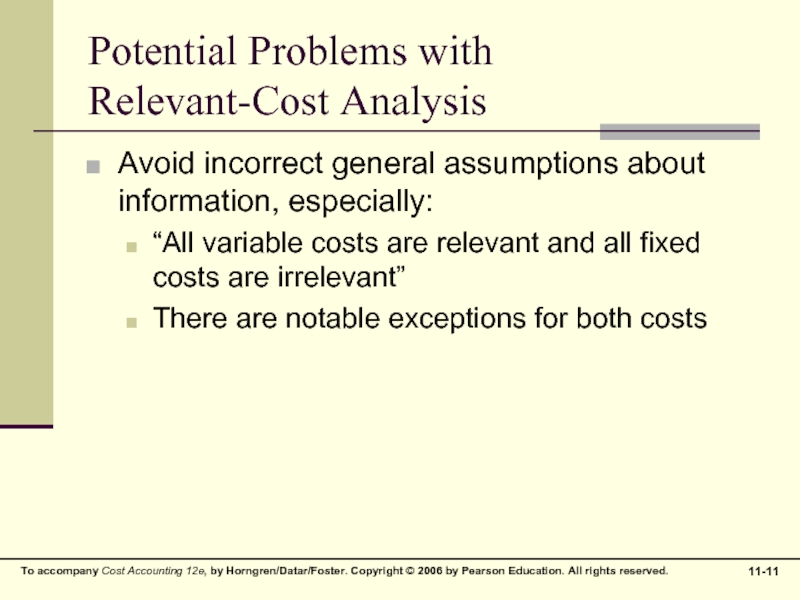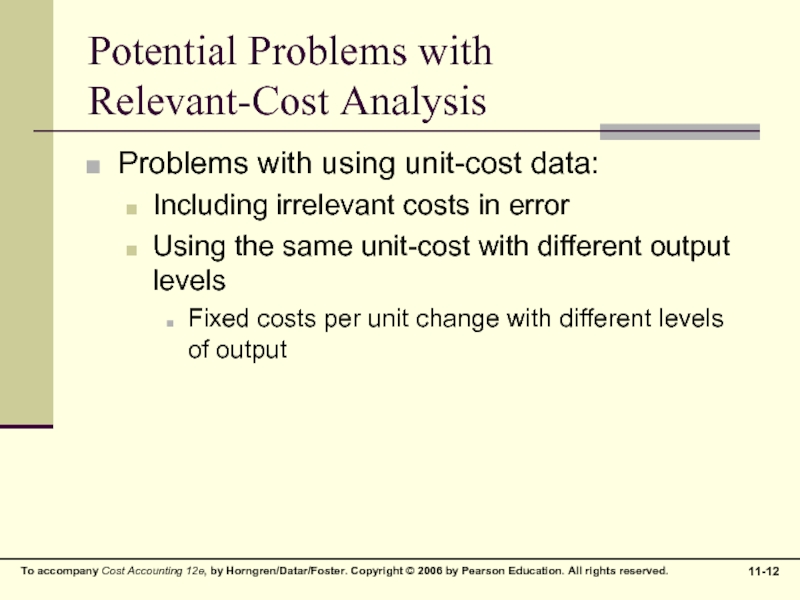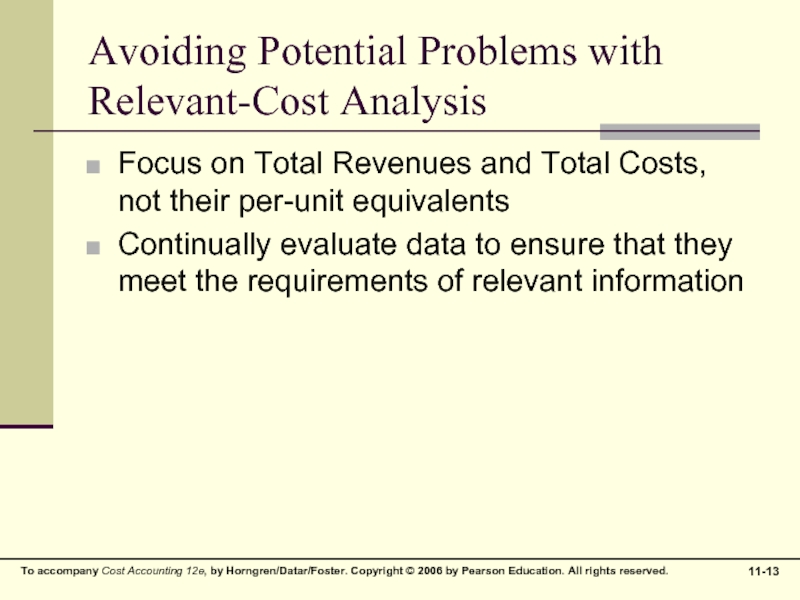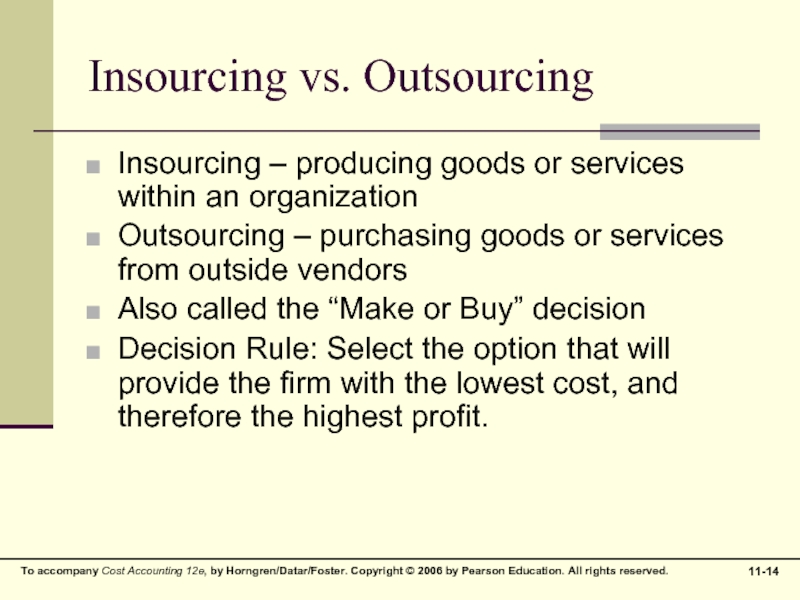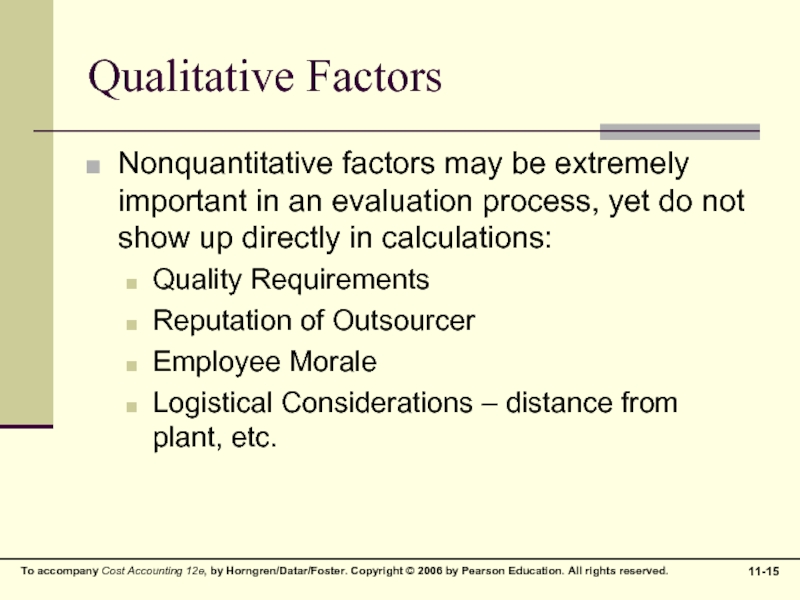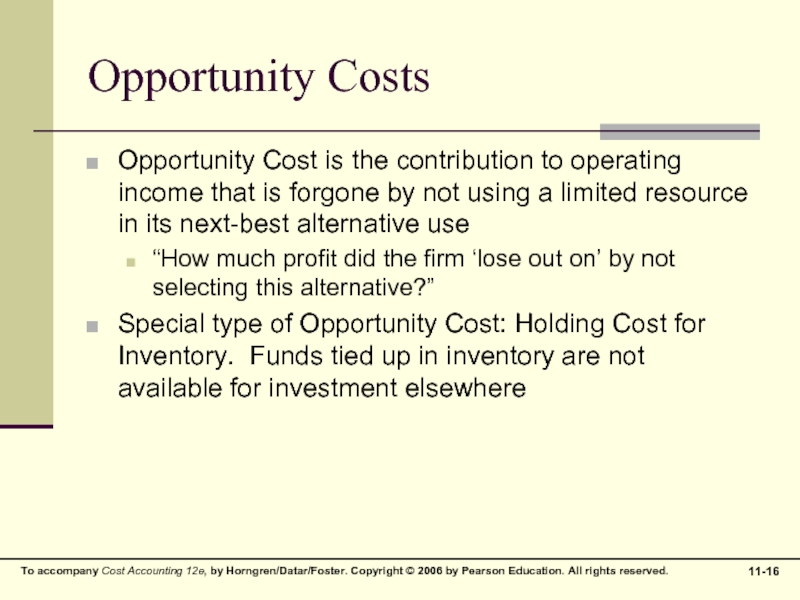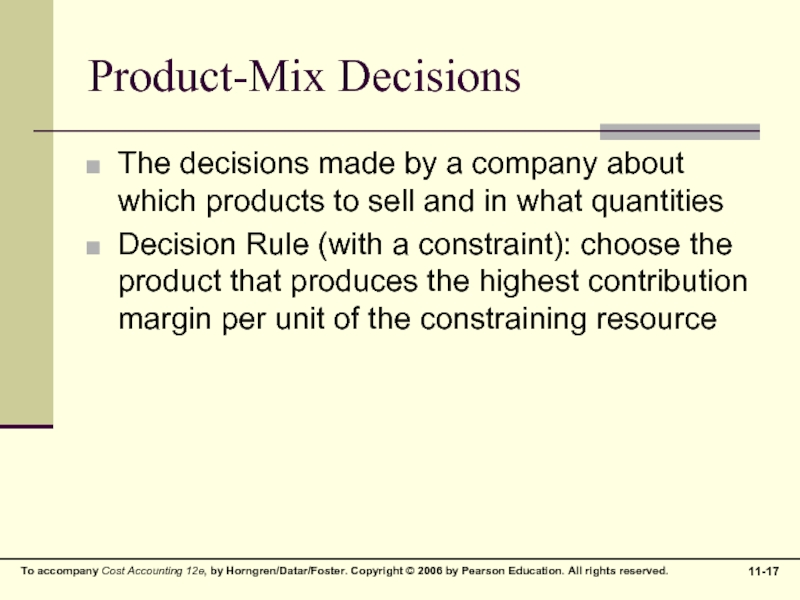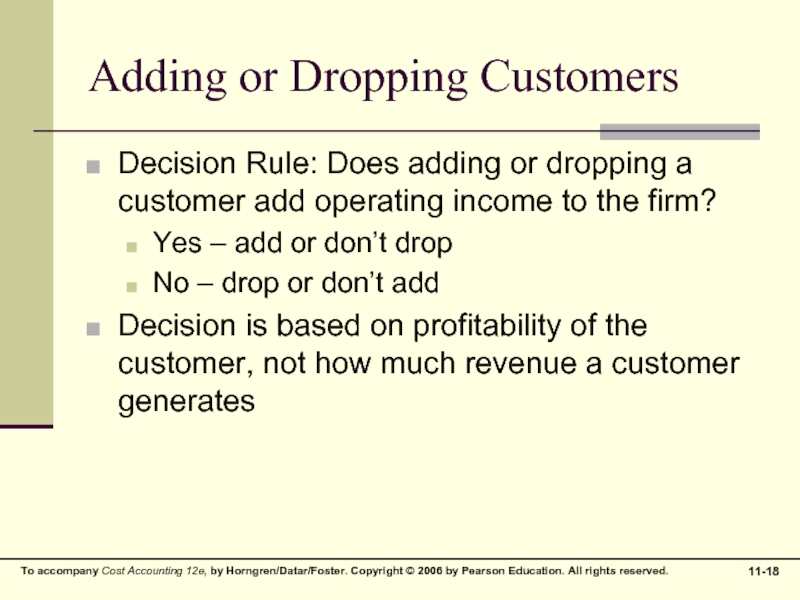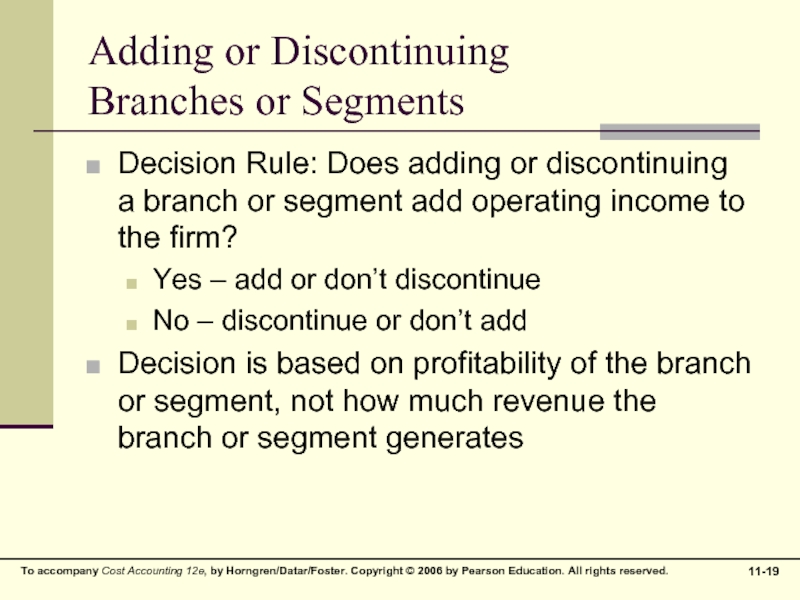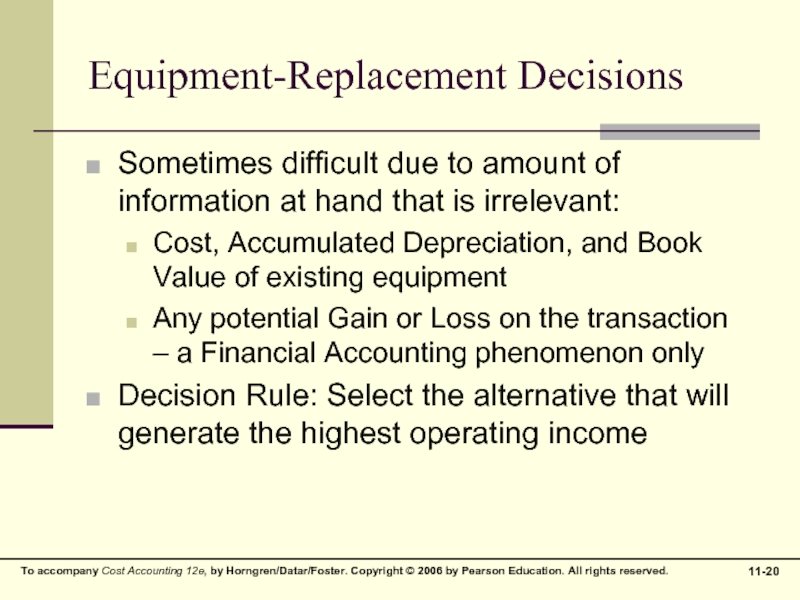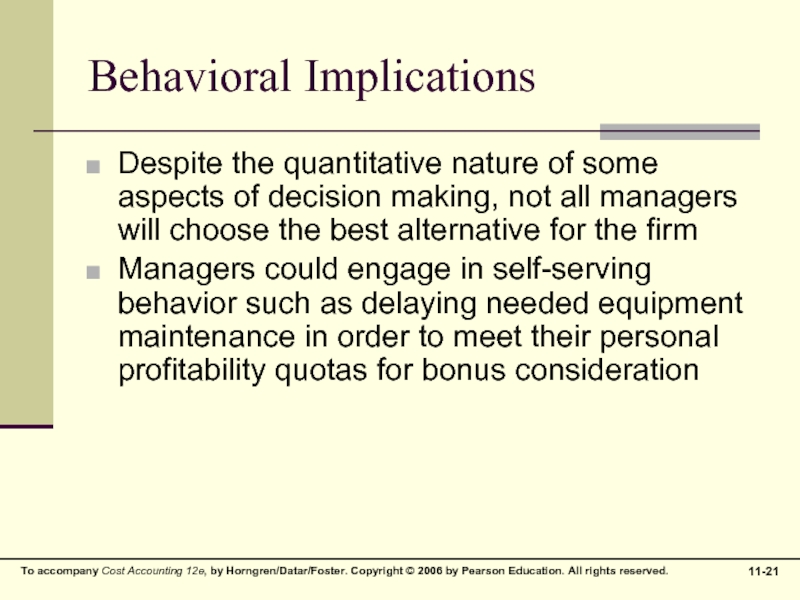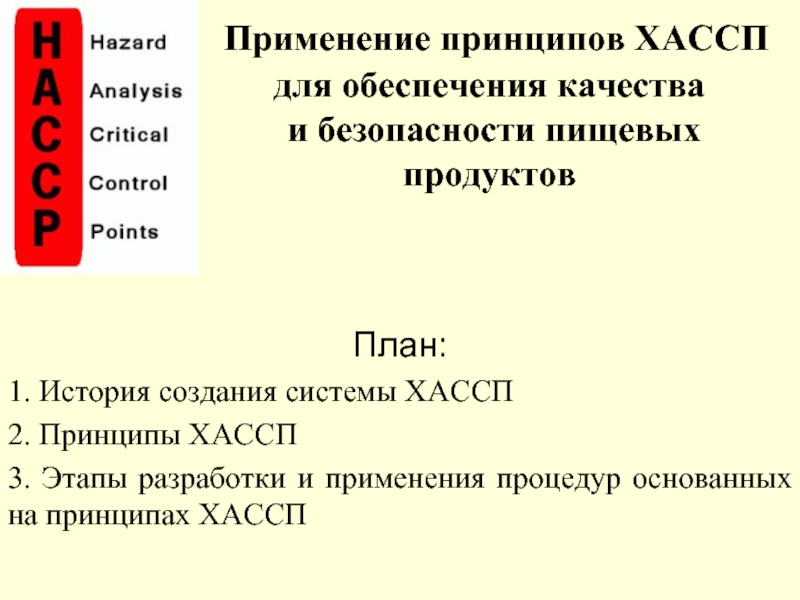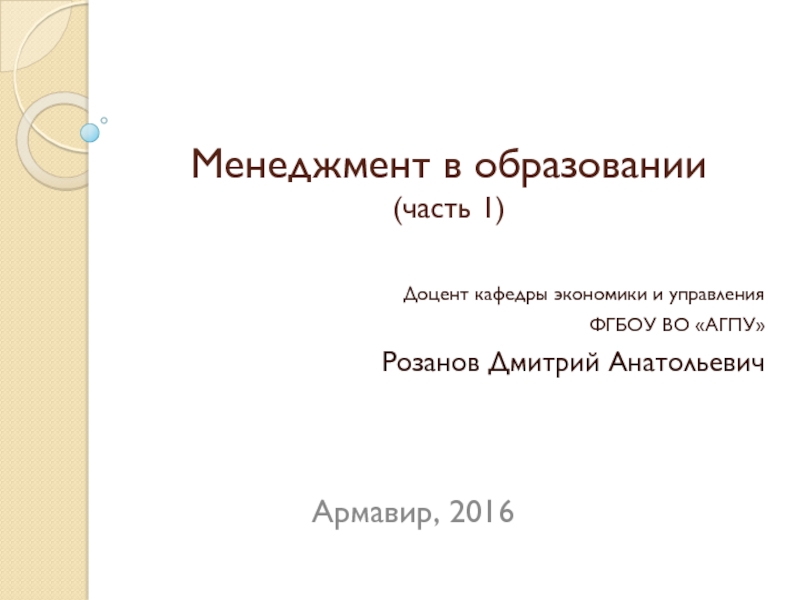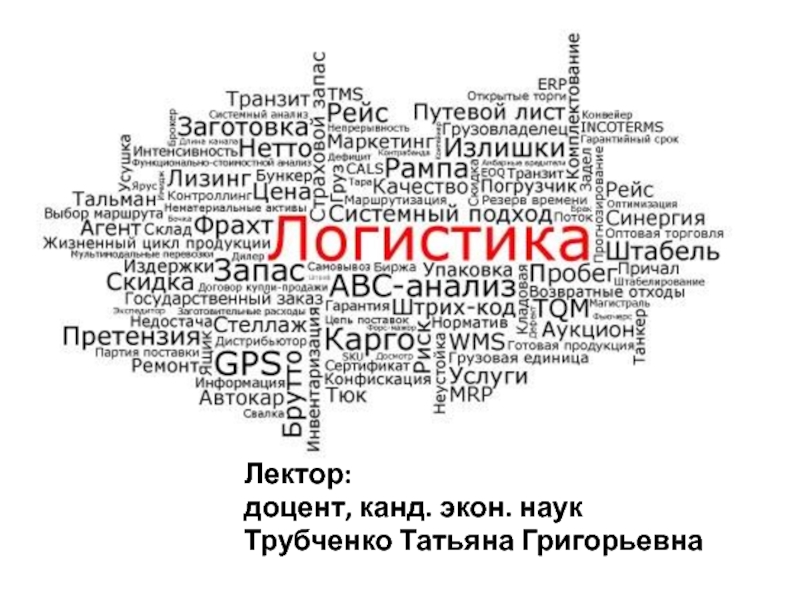- Главная
- Разное
- Дизайн
- Бизнес и предпринимательство
- Аналитика
- Образование
- Развлечения
- Красота и здоровье
- Финансы
- Государство
- Путешествия
- Спорт
- Недвижимость
- Армия
- Графика
- Культурология
- Еда и кулинария
- Лингвистика
- Английский язык
- Астрономия
- Алгебра
- Биология
- География
- Детские презентации
- Информатика
- История
- Литература
- Маркетинг
- Математика
- Медицина
- Менеджмент
- Музыка
- МХК
- Немецкий язык
- ОБЖ
- Обществознание
- Окружающий мир
- Педагогика
- Русский язык
- Технология
- Физика
- Философия
- Химия
- Шаблоны, картинки для презентаций
- Экология
- Экономика
- Юриспруденция
Decision Making and Relevant Information презентация
Содержание
- 1. Decision Making and Relevant Information
- 2. Decision Models A decision model is a
- 3. Five-Step Decision-Making Process
- 4. Relevance Relevant Information has two characteristics: It
- 5. Irrelevance Historical costs are past costs that
- 6. Types of Information Quantitative factors are outcomes
- 7. Terminology Incremental Cost – the additional total
- 8. Types of Decisions One-Time-Only Special Orders Insourcing
- 9. One-Time-Only Special Orders Accepting or rejecting special
- 10. One-Time-Only Special Orders Compares relevant revenues and relevant costs to determine profitability
- 11. Potential Problems with Relevant-Cost Analysis Avoid
- 12. Potential Problems with Relevant-Cost Analysis Problems
- 13. Avoiding Potential Problems with Relevant-Cost Analysis
- 14. Insourcing vs. Outsourcing Insourcing – producing goods
- 15. Qualitative Factors Nonquantitative factors may be extremely
- 16. Opportunity Costs Opportunity Cost is the contribution
- 17. Product-Mix Decisions The decisions made by a
- 18. Adding or Dropping Customers Decision Rule: Does
- 19. Adding or Discontinuing Branches or Segments Decision
- 20. Equipment-Replacement Decisions Sometimes difficult due to amount
- 21. Behavioral Implications Despite the quantitative nature of
Слайд 2Decision Models
A decision model is a formal method of making a
choice, often involving both quantitative and qualitative analyses
Managers often use some variation of the Five-Step Decision-Making Process
Managers often use some variation of the Five-Step Decision-Making Process
Слайд 4Relevance
Relevant Information has two characteristics:
It occurs in the future
It differs among
the alternative courses of action
Relevant Costs – expected future costs
Relevant Revenues – expected future revenues
Relevant Costs – expected future costs
Relevant Revenues – expected future revenues
Слайд 5Irrelevance
Historical costs are past costs that are irrelevant to decision making
Also
called Sunk Costs
Слайд 6Types of Information
Quantitative factors are outcomes that can be measured in
numerical terms
Qualitative factors are outcomes that are difficult to measure accurately in numerical terms, such as satisfaction
Are just as important as quantitative factors even though they are difficult to measure
Qualitative factors are outcomes that are difficult to measure accurately in numerical terms, such as satisfaction
Are just as important as quantitative factors even though they are difficult to measure
Слайд 7Terminology
Incremental Cost – the additional total cost incurred for an activity
Differential
Cost – the difference in total cost between two alternatives
Incremental Revenue – the additional total revenue from an activity
Differential Revenue – the difference in total revenue between two alternatives
Incremental Revenue – the additional total revenue from an activity
Differential Revenue – the difference in total revenue between two alternatives
Слайд 8Types of Decisions
One-Time-Only Special Orders
Insourcing vs. Outsourcing
Make or Buy
Product-Mix
Customer Profitability
Branch
/ Segment: Adding or Discontinuing
Equipment Replacement
Equipment Replacement
Слайд 9One-Time-Only Special Orders
Accepting or rejecting special orders when there is idle
production capacity and the special orders have no long-run implications
Decision Rule: does the special order generate additional operating income?
Yes – accept
No – reject
Decision Rule: does the special order generate additional operating income?
Yes – accept
No – reject
Слайд 10One-Time-Only Special Orders
Compares relevant revenues and relevant costs to determine profitability
Слайд 11Potential Problems with
Relevant-Cost Analysis
Avoid incorrect general assumptions about information, especially:
“All
variable costs are relevant and all fixed costs are irrelevant”
There are notable exceptions for both costs
There are notable exceptions for both costs
Слайд 12Potential Problems with
Relevant-Cost Analysis
Problems with using unit-cost data:
Including irrelevant costs
in error
Using the same unit-cost with different output levels
Fixed costs per unit change with different levels of output
Using the same unit-cost with different output levels
Fixed costs per unit change with different levels of output
Слайд 13Avoiding Potential Problems with
Relevant-Cost Analysis
Focus on Total Revenues and Total
Costs, not their per-unit equivalents
Continually evaluate data to ensure that they meet the requirements of relevant information
Continually evaluate data to ensure that they meet the requirements of relevant information
Слайд 14Insourcing vs. Outsourcing
Insourcing – producing goods or services within an organization
Outsourcing
– purchasing goods or services from outside vendors
Also called the “Make or Buy” decision
Decision Rule: Select the option that will provide the firm with the lowest cost, and therefore the highest profit.
Also called the “Make or Buy” decision
Decision Rule: Select the option that will provide the firm with the lowest cost, and therefore the highest profit.
Слайд 15Qualitative Factors
Nonquantitative factors may be extremely important in an evaluation process,
yet do not show up directly in calculations:
Quality Requirements
Reputation of Outsourcer
Employee Morale
Logistical Considerations – distance from plant, etc.
Quality Requirements
Reputation of Outsourcer
Employee Morale
Logistical Considerations – distance from plant, etc.
Слайд 16Opportunity Costs
Opportunity Cost is the contribution to operating income that is
forgone by not using a limited resource in its next-best alternative use
“How much profit did the firm ‘lose out on’ by not selecting this alternative?”
Special type of Opportunity Cost: Holding Cost for Inventory. Funds tied up in inventory are not available for investment elsewhere
“How much profit did the firm ‘lose out on’ by not selecting this alternative?”
Special type of Opportunity Cost: Holding Cost for Inventory. Funds tied up in inventory are not available for investment elsewhere
Слайд 17Product-Mix Decisions
The decisions made by a company about which products to
sell and in what quantities
Decision Rule (with a constraint): choose the product that produces the highest contribution margin per unit of the constraining resource
Decision Rule (with a constraint): choose the product that produces the highest contribution margin per unit of the constraining resource
Слайд 18Adding or Dropping Customers
Decision Rule: Does adding or dropping a customer
add operating income to the firm?
Yes – add or don’t drop
No – drop or don’t add
Decision is based on profitability of the customer, not how much revenue a customer generates
Yes – add or don’t drop
No – drop or don’t add
Decision is based on profitability of the customer, not how much revenue a customer generates
Слайд 19Adding or Discontinuing
Branches or Segments
Decision Rule: Does adding or discontinuing a
branch or segment add operating income to the firm?
Yes – add or don’t discontinue
No – discontinue or don’t add
Decision is based on profitability of the branch or segment, not how much revenue the branch or segment generates
Yes – add or don’t discontinue
No – discontinue or don’t add
Decision is based on profitability of the branch or segment, not how much revenue the branch or segment generates
Слайд 20Equipment-Replacement Decisions
Sometimes difficult due to amount of information at hand that
is irrelevant:
Cost, Accumulated Depreciation, and Book Value of existing equipment
Any potential Gain or Loss on the transaction – a Financial Accounting phenomenon only
Decision Rule: Select the alternative that will generate the highest operating income
Cost, Accumulated Depreciation, and Book Value of existing equipment
Any potential Gain or Loss on the transaction – a Financial Accounting phenomenon only
Decision Rule: Select the alternative that will generate the highest operating income
Слайд 21Behavioral Implications
Despite the quantitative nature of some aspects of decision making,
not all managers will choose the best alternative for the firm
Managers could engage in self-serving behavior such as delaying needed equipment maintenance in order to meet their personal profitability quotas for bonus consideration
Managers could engage in self-serving behavior such as delaying needed equipment maintenance in order to meet their personal profitability quotas for bonus consideration
